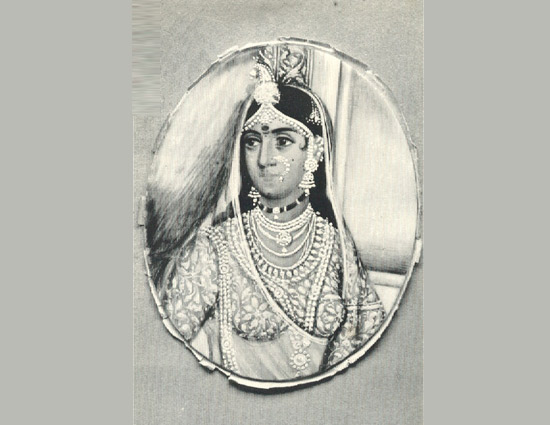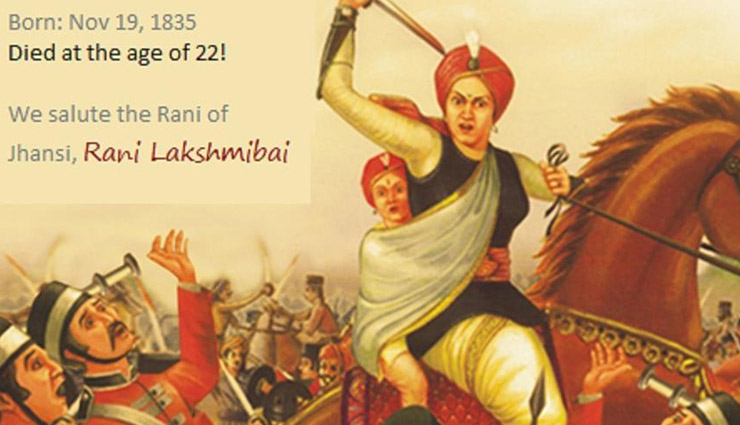- Home›
- Mates & Me›
- Story How Jhansi Ki Rani Got Her Name
Story How Jhansi Ki Rani Got Her Name
By: Sandeep Gupta Thu, 16 Nov 2017 2:05:07

Rani Jhansi is perhaps the most revered woman of modern times. Owing to her military prowess, her vision and determination, she has ruled the hearts of young and old alike. But do you know what was her original name and how was her childhood like given that she sacrificed her life at the age of 30? Let me take you down a historic journey.
Her original name was Manikarnika. It's interesting to know that this name comes from the river Ganges, which in Benaras is famous with the name of Manikarnika. Moreover, the name of Benaras is Varanasi. There is a Sanskrit Sloka on these names: वाराणसी पुरे मनिकर्निका तीरे।
Her nickname was Manu. Obviously, it comes from her name Manikarnika.
Her another nickname was Chabili, which is translated as 'playful'. This name was given to her by the employer of her father, the Peshwa of Bithoor district who brought Manikarnika up like his own daughter.
It is believed that Rani Jhansi was born on 19 November 1828 in the holy town of Varanasi into a Brahmin family. Her father was Moropant Tambe and her mother Bhagirathi Sapre (Bhagirathi Bai). Her parents came from Maharashtra.

Her mother died when she was four. She was educated at home. She was more independent in her childhood than others of her age; her studies included archery, horsemanship, and self-defence.
Manikarnika was married to the Maharaja of Jhansi, Raja Gangadhar Rao, in 1842, and was afterwards called Lakshmibai (or Laxmibai). She was the second wife of the Maharaja.
She gave birth to a boy named Damodar Rao in 1851, but when he was four months old he died. The Raja adopted a child called Anand Rao, the son of Gangadhar Rao's cousin, who was renamed Damodar Rao, on the day before he died.
Rani Jhansi was not with good luck. Tragedy soon struck her as her husband died in November 1853.
Rani Lakshmibai was accustomed to ride on horseback accompanied by a small escort between the palace and the temple though sometimes she was carried by palanquin. Her horses included Sarangi, Pavan and Badal; according to tradition she rode Badal when escaping from the fort in 1858. The Rani Mahal, the palace of Rani Lakshmibai, has now been converted into a museum. It houses a collection of archaeological remains of the period between 9th and 12th centuries AD.





